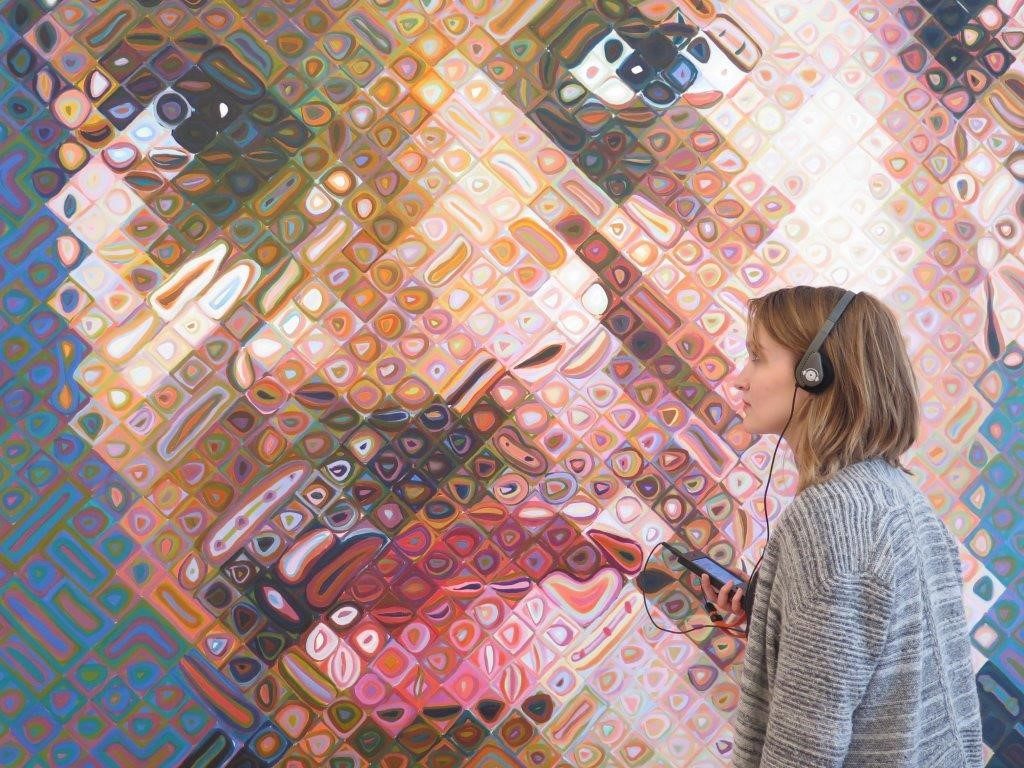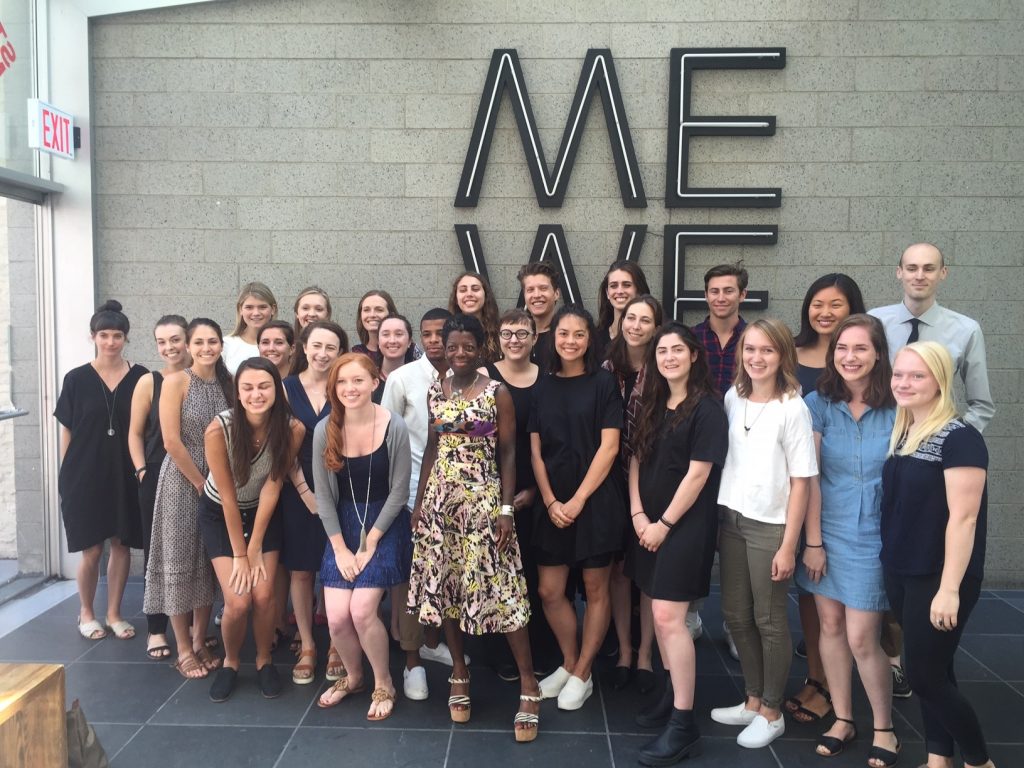This the next in a series of posts by recipients of the Career Services Summer Funding Grant. We’ve asked funding recipients to reflect on their summer experiences and talk about the industries in which they’ve been spending their summer. You can read the entire series here.
This entry is by Olivia Horn, COL ’17
 As an art history major and a devoted believer in the importance of art as a didactic tool, I have for the past several years had career aspirations within the field of museum education. Unfortunately, nonprofit arts internships are nearly always unpaid, so it was due in large part to the generous funding that Career Services provided to me that I was able to accept an offer for a summer internship at the Whitney Museum of American Art in Manhattan.
As an art history major and a devoted believer in the importance of art as a didactic tool, I have for the past several years had career aspirations within the field of museum education. Unfortunately, nonprofit arts internships are nearly always unpaid, so it was due in large part to the generous funding that Career Services provided to me that I was able to accept an offer for a summer internship at the Whitney Museum of American Art in Manhattan.

For the duration of my two-month internship, I worked within the Interpretation and Research division of the Museum’s Education Department. Essentially, the Interpretation staff is responsible for producing materials that facilitate encounters between museum visitors and the artworks on view. Such materials can include descriptive wall labels that accompany complex or challenging pieces, audio guides, and videos highlighting specific artists or exhibitions. My role as an intern was quite dynamic, and the type of work that I did varied greatly from day to day. Projects that I tackled over the course of the summer included compiling research on an exhibiting artist in order to develop questions for a video interview with her, coding and publishing didactic audio pieces on the Museum’s multimedia platform, and drafting wall texts for an upcoming exhibition. I also did a considerable amount of archival and research work related to the history of the Education Department, including working with a freelance oral historian who conducted interviews with key players in the early history of the Department, and drafting a narrative history of Access Programs – programming and other accommodations for individuals with disabilities – at the Museum.

In addition to the work that we did for our individual departments, my intern class, which was made up of thirty-six undergraduate and graduate students, was invited to participate in weekly seminars with various museum professionals. Seminar speakers included Adam D. Weinberg, the Alice Pratt Brown Director of the Whitney; Scott Rothkopf, the Museum’s Chief Curator and Director for Programs; and Thelma Golden, the Director and Chief Curator of the Studio Museum in Harlem, among others. All of the individuals who spoke with us talked about their own career trajectories and passion projects, and offered advice for anyone trying to break into the museum field. For me, one of the most notable things about the speakers who participated in the program was how well they all tempered enthusiasm for their work with real, pragmatic insight about the challenges that young museum professionals will inevitably face.
Overall, my Whitney internship taught me a great deal about the day-to-day responsibilities of museum professionals, and I also became much more familiar with the inner workings of the art world at large. I feel that, going into senior year, I will be able to approach my course work with vigor and enthusiasm, as I now have a better sense of how my academic pursuits relate to my professional pursuits.

